Premium Only Content
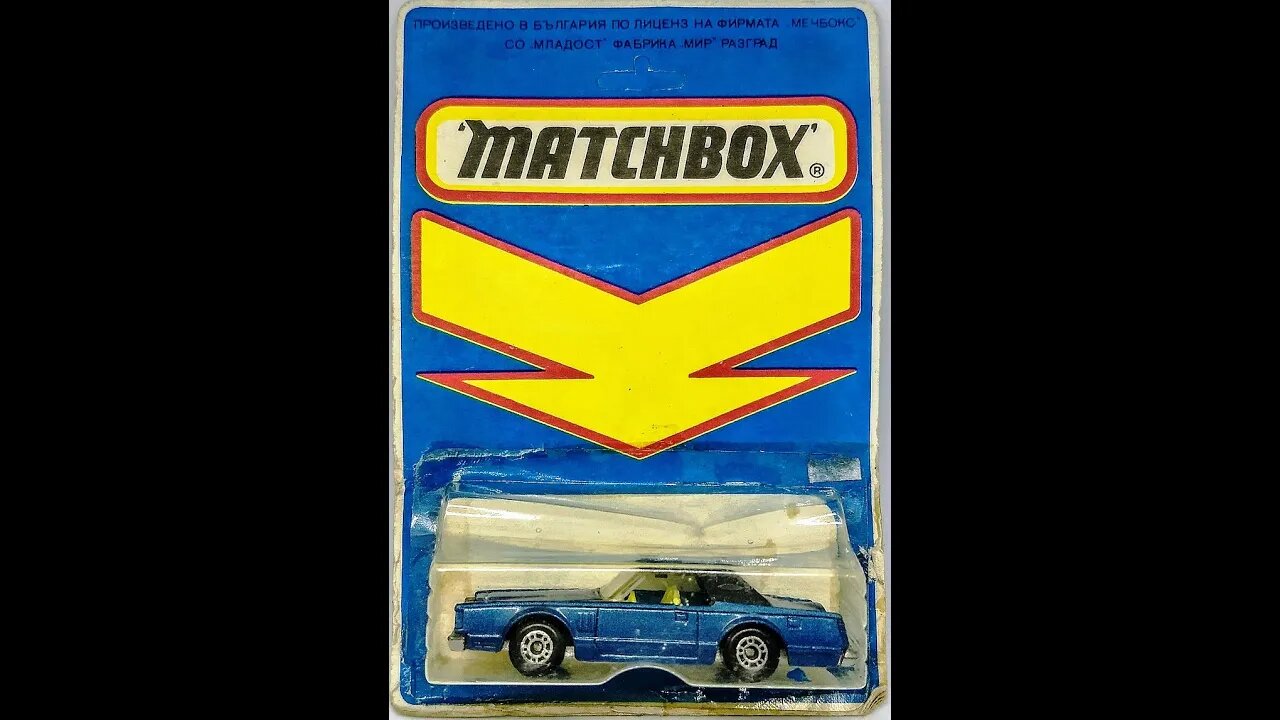
EPISODE 33: MATCHBOX CARS PART 2
Lesney gradually increased the number of models in its standard Matchbox Series range from three in 1953 to 75 in 1960.[8] The "1-75" range would then remain at 75 models for almost 40 years. When a new model was released, an existing model was discontinued, its number being re-allocated. This meant that dealer display stands only had to accommodate 75 models. New owners Mattel expanded the regular US market Matchbox series to 100 models for 1999[8] but changed it back to 75 models for 2001.[8] The US range was again increased from 75 to 100 models for 2008,[8] and then further expanded to 120 models for 2012 and then to 125 in 2016.[8] These changes were not applied in all markets.[8]
The actual numbering of the 1-75 series number on the individual models (starting in the mid-'50s, numbers were cast onto the baseplates) was discontinued in the Universal era. This was in part due to the new concept of offering country-specific lines of models for many of the key markets, which led to the same castings being used under different numbers in different markets. In recent years (Mattel), a sequential casting no. (e.g. MB687) – unrelated to any 1-75 number used in any market – is cast onto each baseplate. The relevant 1-75 series number is printed on the blister pack or box.
(Other Matchbox ranges also had identifying numbers cast on their bases, many of which were reallocated as older models were retired and new ones introduced. The numbering conventions are listed in the Series Overview section below. However, with the exception of the Yesteryear line, which was held to 16 models for well over a decade [before being expanded greatly], there was no other case of a strict series size limitation by Lesney.)
-
 2:45:29
2:45:29
Matt Kohrs
14 hours agoMarket Crash, Breaking Inflation News & Payday Friday || The MK Show
39.1K5 -
 LIVE
LIVE
LFA TV
14 hours agoWHAT IS HAPPENING IN DC?? | LIVE FROM AMERICA 12.20.24 11am EST
5,410 watching -
 LIVE
LIVE
Caleb Hammer
2 hours agoDelusional Lady Destroys Life To Hurt Her Ex | Financial Audit
183 watching -
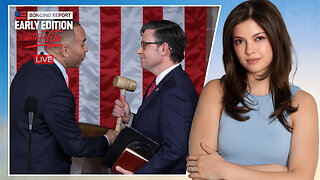 49:01
49:01
BonginoReport
5 hours agoThe Final Countdown to Shutdown (Ep.109) - 12/20/2024
77.8K177 -

Wendy Bell Radio
7 hours agoCongress Plays Shutdown Chicken
59.6K87 -
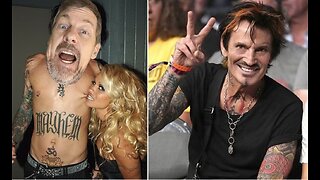 1:55:07
1:55:07
Jeff Ahern
3 hours ago $1.31 earnedNews of the day with Jeff Ahern ( Here comes the holiday weekend!)
17.3K -
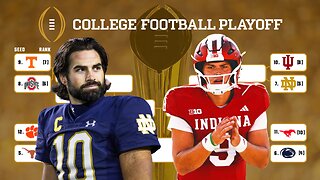 1:18:33
1:18:33
Game On!
16 hours ago $11.34 earnedCollege Football Playoff Round 1 BEST BETS! | Indiana vs Notre Dame Preview
92.1K4 -
 42:08
42:08
PMG
10 hours ago $5.20 earned"Hannah Faulkner and James Staake | PAYPAL WITHHELD 100K FOR POLITICAL VIEWS?!"
41.9K4 -
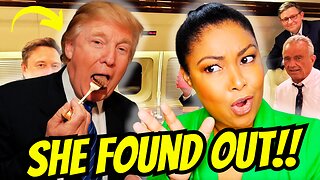 14:15
14:15
This Bahamian Gyal
22 hours agoDC server REFUSED to serve Donald TRUMP, then THIS happened . . .
55.5K36 -
 13:47
13:47
MichaelBisping
16 hours agoBISPING Reacts: "Tyson Fury will RETIRE and F&$K UP USYK?!" | Usyk vs Fury 2
34.6K7